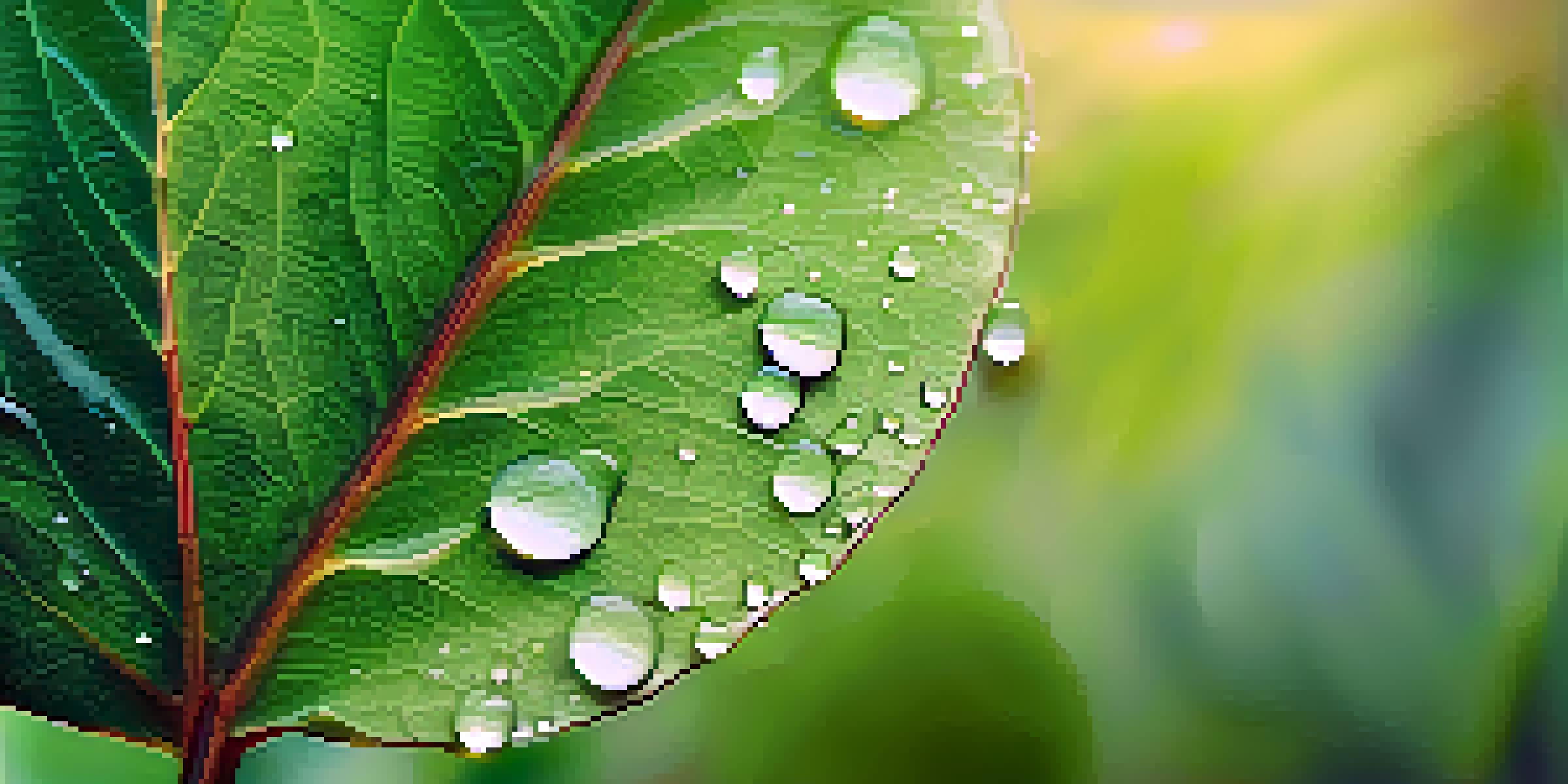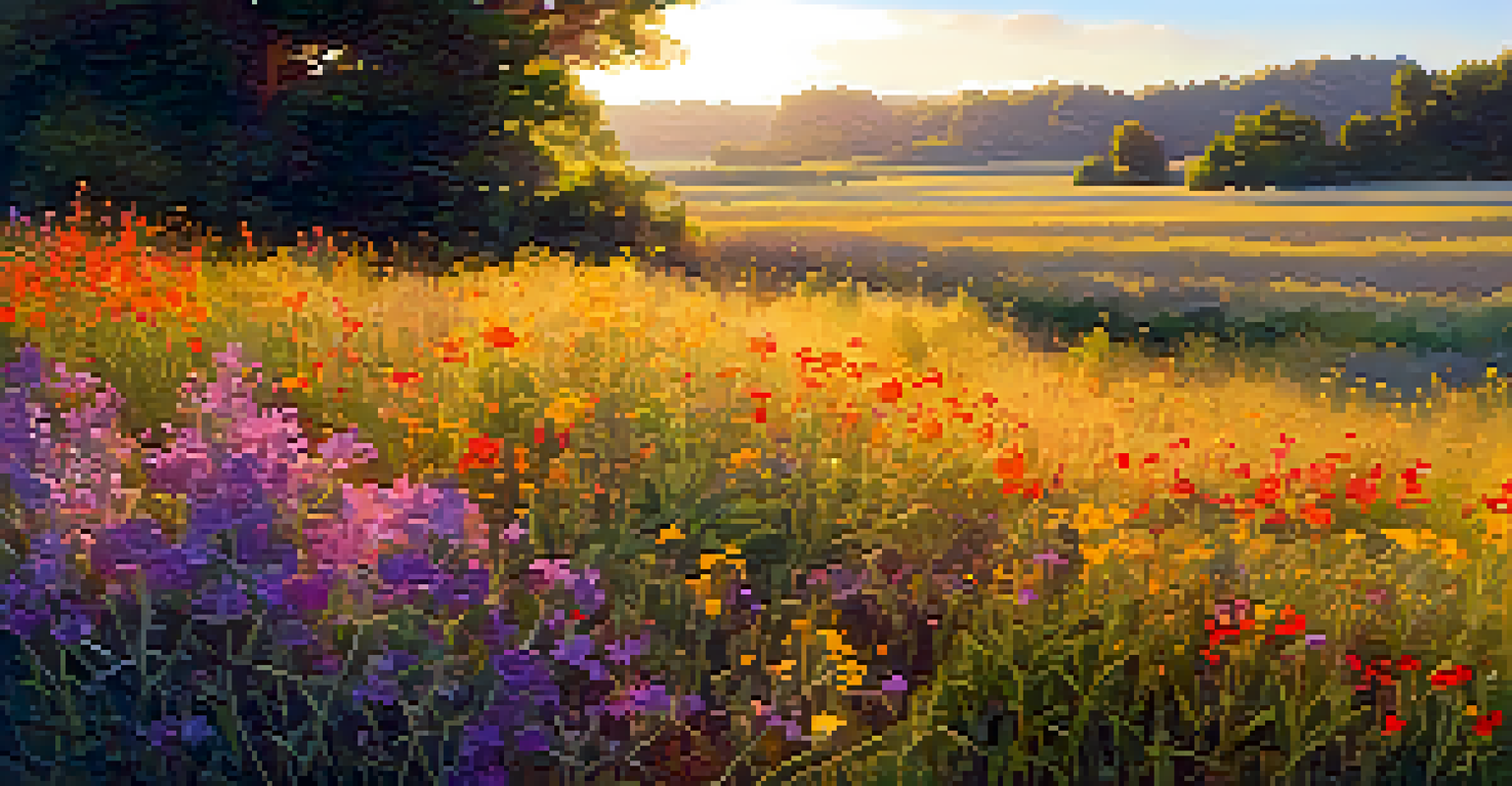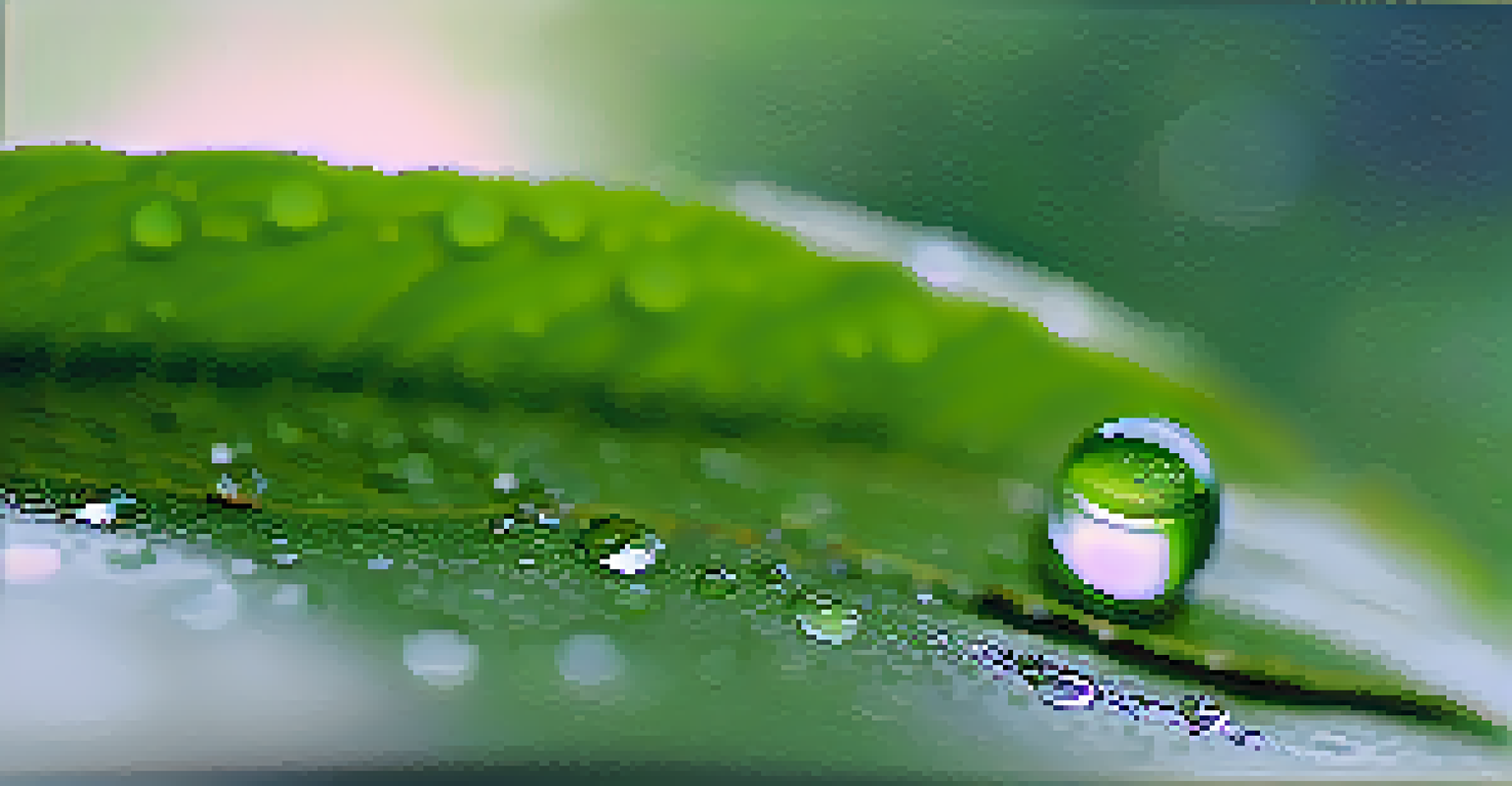Essential Camera Settings for Captivating Plant Photography

Understanding ISO: The Key to Light Sensitivity
ISO refers to your camera's sensitivity to light. It plays a crucial role in determining how bright or dark your images will be. For plant photography, lower ISO settings are preferred because they produce cleaner images with less noise, especially in well-lit environments.
Photography is the story I fail to put into words.
However, in low-light settings, increasing the ISO can be beneficial, allowing you to capture those intricate details of plants without sacrificing too much quality. Just remember, a higher ISO might introduce graininess, so it's all about finding the right balance.
For outdoor shots during golden hour, keeping your ISO low can help capture the soft hues of the plants. Experimenting with different ISO settings will help you understand how it affects the final image, leading to stunning results.
Aperture: Control Depth of Field for Impactful Shots
Aperture, measured in f-stops, controls the amount of light entering your lens and significantly affects depth of field. A wider aperture (like f/2.8) creates a shallow depth of field, making your subject pop against a softly blurred background, which is fantastic for isolating a single plant.

On the other hand, a narrower aperture (like f/11) increases the depth of field, allowing more of the scene to be in focus. This is particularly useful when photographing a cluster of plants or a garden scene, as it captures the entire landscape beautifully.
ISO Affects Light Sensitivity
Adjusting ISO settings allows you to capture vibrant plant details in various lighting conditions.
Finding the right aperture setting can transform your plant photography. Try experimenting with various f-stop values to see how they change the focus and overall mood of your images.
Shutter Speed: Capture Motion and Detail with Precision
Shutter speed controls how long your camera's shutter remains open, affecting motion capture and light exposure. A faster shutter speed freezes motion, which is ideal for capturing plants swaying in the wind or a hummingbird hovering nearby.
The best camera is the one you have with you.
Conversely, a slower shutter speed can create a dreamy effect, blurring movement and evoking a sense of tranquility. This technique can be especially captivating when photographing water droplets on leaves after a rain.
To find the right shutter speed, consider your subject and the overall mood you want to convey. Using a tripod can help stabilize your camera for longer exposures, giving you the opportunity to explore creative possibilities.
White Balance: Achieve Accurate Color Representation
White balance ensures that the colors in your images appear natural and true to life. Different lighting conditions can cast various color tints, so adjusting your white balance helps to neutralize these effects. For example, sunlight may give a warmer tone, while shade can introduce a cooler hue.
Most cameras offer preset white balance settings, such as daylight, cloudy, or shade, but you can also manually adjust it to achieve the desired effect. This is particularly important in plant photography where the colors of the leaves and blooms are crucial.
Aperture Impacts Focus and Mood
Choosing the right aperture enhances depth of field, helping to isolate subjects or capture entire scenes.
Taking the time to set the right white balance will enhance the vibrancy of your plant photos, making those greens and reds pop in a way that feels authentic. Don't hesitate to experiment with different settings to see which works best for the lighting conditions.
Focusing Techniques: Highlighting Plant Details
Focusing is essential in plant photography as it allows you to draw attention to specific features, like the texture of a leaf or the intricate patterns of petals. Using manual focus can give you greater control, especially when dealing with busy backgrounds that might distract from your subject.
Additionally, consider using focus stacking, a technique where multiple images are taken at different focus points and combined to achieve a greater depth of field. This is especially useful for macro photography, allowing you to capture fine details that would otherwise be out of focus.
Whether you prefer autofocus or manual focus, practicing various focusing techniques will help you capture stunning details in your plant images, making your photography truly stand out.
Composition: Framing Your Plant Photography
Composition refers to how elements are arranged within your frame. Using techniques like the rule of thirds can help create balance and interest in your plant photography. Imagine dividing your image into a 3x3 grid and placing your main subject along the lines or at their intersections.
Incorporating leading lines, such as pathways or stems, can guide the viewer's eye toward your main subject. Additionally, experimenting with different angles will provide unique perspectives that highlight the beauty of your plants.
Composition Enhances Visual Appeal
Effective composition techniques, like the rule of thirds, can transform your plant photography into striking art.
Ultimately, the way you compose your shot can transform a simple plant photo into a breathtaking piece of art. Take your time to explore various compositions and find what resonates best with your style.
Post-Processing: Enhancing Your Plant Images
Post-processing is an essential step in photography that allows you to fine-tune your images after the shoot. Software like Adobe Lightroom or Photoshop can help you adjust exposure, contrast, and color balance, enhancing the natural beauty of your plants.
You can also crop your images to improve composition or remove distractions from your frame. Remember, the goal of post-processing is to complement your original vision, not to overpower it.

Whether you prefer subtle adjustments or bold transformations, post-processing can elevate your plant photography, making it even more captivating and visually appealing.